Matilde Boelhouwer is a designer whose work speculates between art, design, science, biology and food. Matilde shapes this obligation into a studio which mainly focuses on the world of insects and plants. Working like a biologist, she collects, observes and studies both worlds with enormous fascination. This research is then linked to a modern-day issue like food shortages and sustainability. Her work is translated into speculative and conceptual design. The work makes society more conscious about the importance of nature surrounding us or make them aware of new ideas and solutions is the main goal in her work. For Matilde, the relationship between flowers and insects is one of the most fascinating connections found in nature.
With all of us living in urban jungles made of concrete and stone, the presence of flowers has become something less natural in our cityscapes. This lack of flowering has resulted in a drastic insect population decline. By making urban environments flower again, Matilde's work stimulates our so important insect population and help them to flourish again. But how can you make a concrete wall flower? Can you tell a bee that it can eat something it isn't used to? Together with engineers and scientists, Matilde developed Insectology: Food for Buzz, a series of artificial ongoing flowering flowers to serve as an emergency food source for the 'big 5 of pollination': bees, bumblebees, hoverflies, butterflies and moths. These flowers aim to take over all unused empty spots and therefore bringing back the buzzing and fluttering sounds of those small creatures we can't ever miss in our cityscape. We caught up with Matilde to discuss the future of flowers, insect evolution and winning this years Dutch Design Week award.
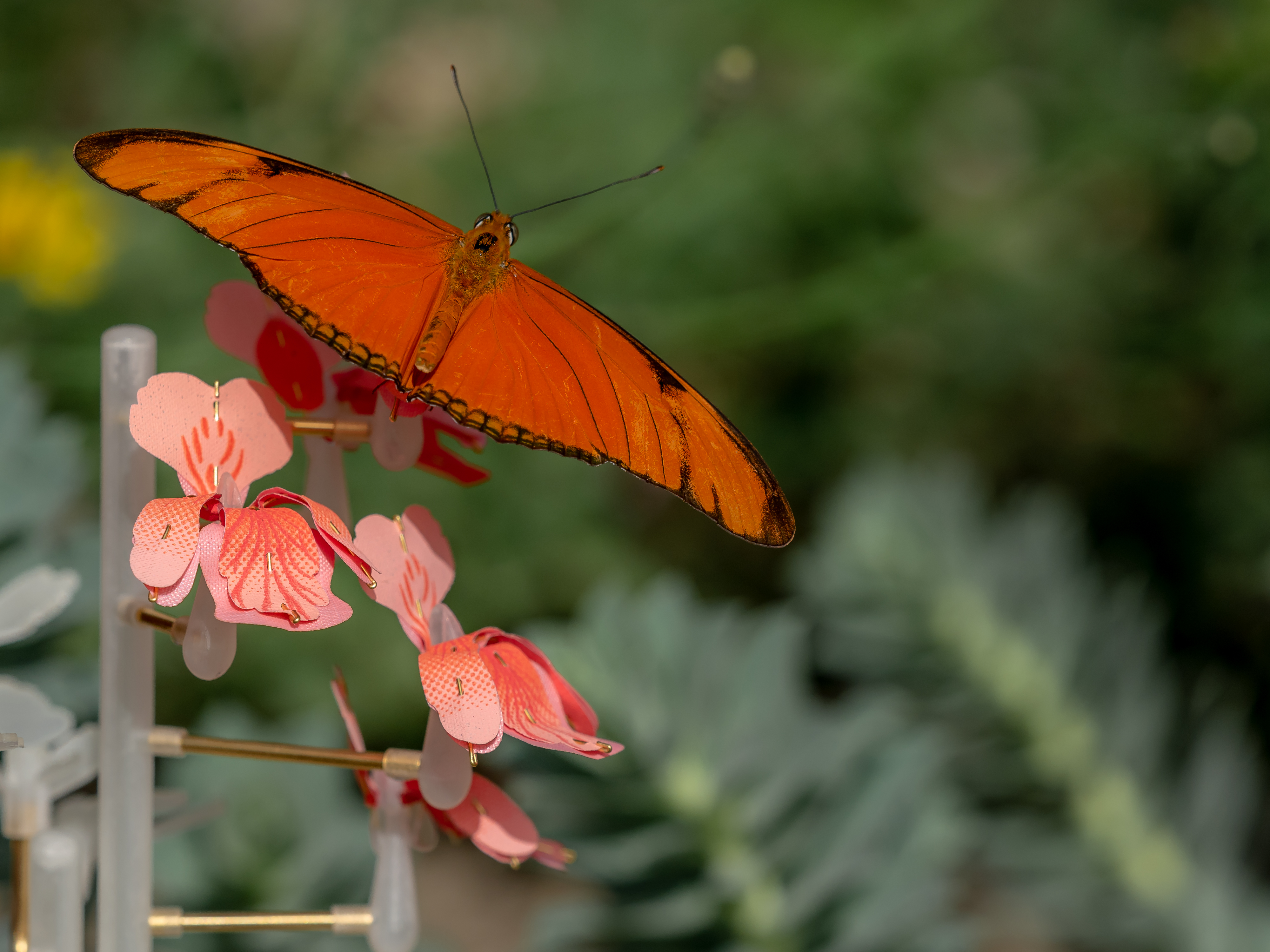
What does your project Insectology: Food for Buzz reveal about the relation between the city, liveable habitats and species coexisting?
Many people have lost connection with nature. I think we need to realize more that everything is connected and has a function. We are starting to feel that connection more and more again, but we're not there yet. But, it's an important start on which we can start to rebuild our connection to nature. I also think it's time to realize, nature as it once has been or as we imagine it (at least to me it is), is long gone. Nature has become something that is cultivated by man for recreation, relaxation and as something that we can use for our own good. We decide how rivers flow, where animals can and cannot be, where there should be something like "wildernesses". Some call it the Anthropocene, an era in which we actually begin to notice the impact humankind has had on our planet. To me, implications go both ways. On one hand, I think it's time to act, and since we already cultivate and take ownership of nature, it now should be put in the right direction, by helping nature restore with all powers we have. That also means using technology to preserve and revive nature. On the other hand, I think we also need to realize that we can't "save nature" all by ourselves, it should be a collaboration, a symbiosis between nature and man.
With Insectology Food for Buzz I try to do exactly that and help nature in city areas not by trying to bring nature as it once was, but by finding new solutions that fit our modern day society and serve biodiversity at the same time.
Describe how an interdisciplinary approach helps inform your work?
When I started the research for Food for Buzz scientists told me that what I wanted to do was not possible. I think that already answers this question. Sometimes, the greater the knowledge you have about something, also keeps your mind from wandering off to unimaginable solutions. On the other hand, the less knowledge you have about something makes it impossible to come up with an actual solution for the problem. The magic is found in between and that's where an interdisciplinary approach comes in.
As a designer I tend to think outside of the set boundaries. Combine that with science, biology in this case, and you create a new world of possibilities that weren't there before.
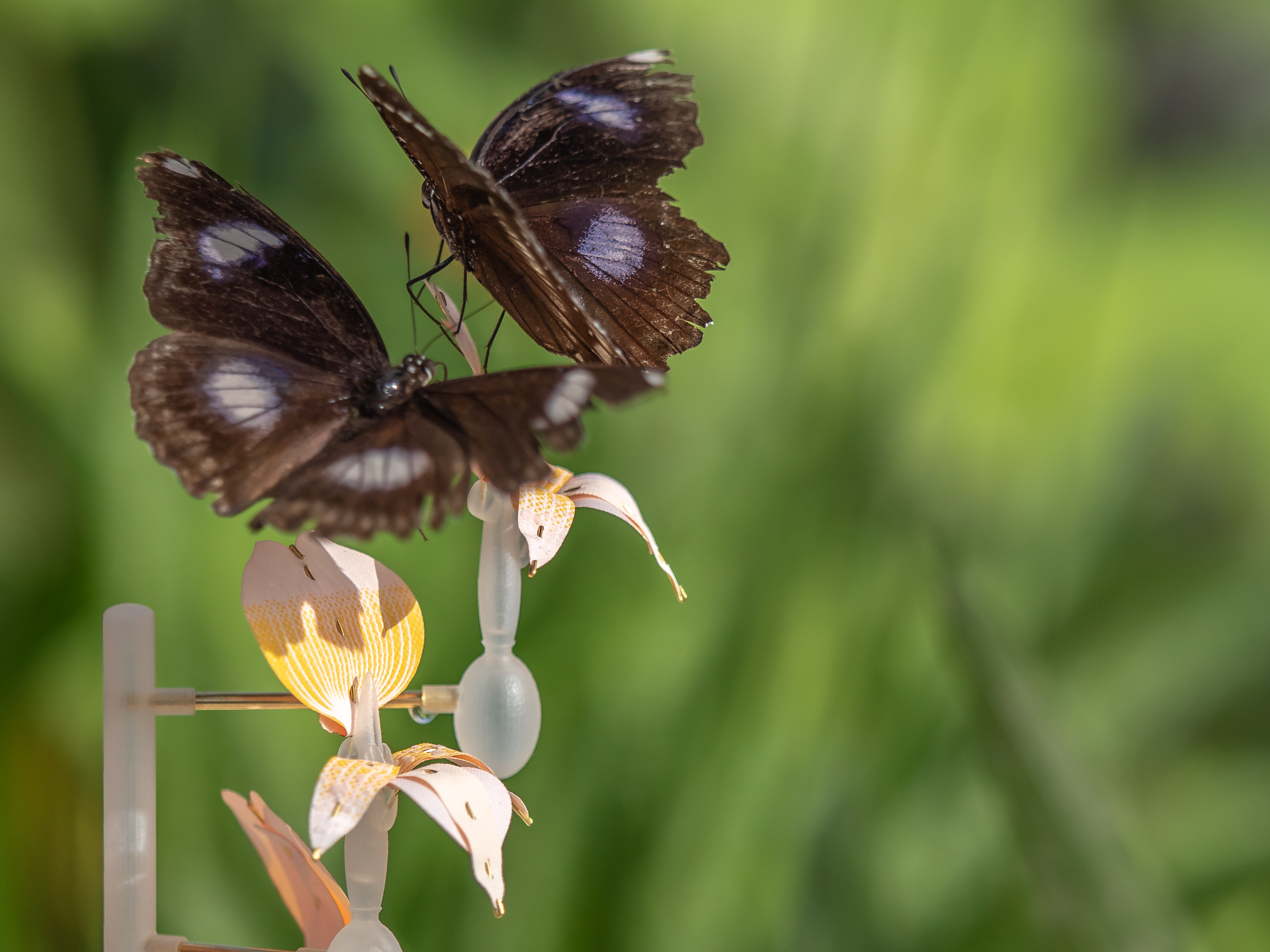
Your work often focuses on the intricate details of the unnoticed. Can you talk about how delicacy and detail inspires your practice?
To me, a whole new world opens up when you zoom in on a beetle or a flower. There are so many tiny systems working on such a small scale level. Nature itself has designed everything in such a perfect way. I want to at least try to accomplish the same level of perfection, even though that's not possible.
Insectology focuses on the 'big 5 of pollination'. What other kind of alliances can be made within the city to support declining species?
I think these types of alliances can be made with possibly any species, but you have to get familiar with their preferences and needs to be able to be successful in supporting them. We look at those animals as if it were humans or think they make human-like choices. Recently I heard a very interesting theory about biotopes vs. habitats. Habitats can be anywhere as long as they provide in the basic needs of the species. This is because the species does not take notice of the things he doesn't need or use. For example - a very picky swap toad can just as easily adjust to living in an industrial area as long as it resembles its original biotope. We can make choices to provide those habitats for any species within the city biotope.
How would you describe the processes for non-human product development?
Of course, you can't ask an insect what they need. Which makes the design process different than when designing for humans. You also don't have any background information from previous designers or researchers to look into, because there's no real design for insects yet. Everything that is designed for insects, to keep insects, for example, are mostly designed to make taking care of the insect easier. With those, humans are still the target species.
When designing for insects I look at scientific researches that have been done that focus on preferences for example. This way I can determine roughly what they need. But even then there will always be questions left which I have to test myself or see on the longer term. For example: in one of the earlier designs of Food for Buzz I used brass wire, which has a shiny finish to it. No one knows if this shiny finish lures insects to the flower more or dazzles them and has the opposite effect, because simply no one has ever tried this before, or at least didn't compare it with other materials.
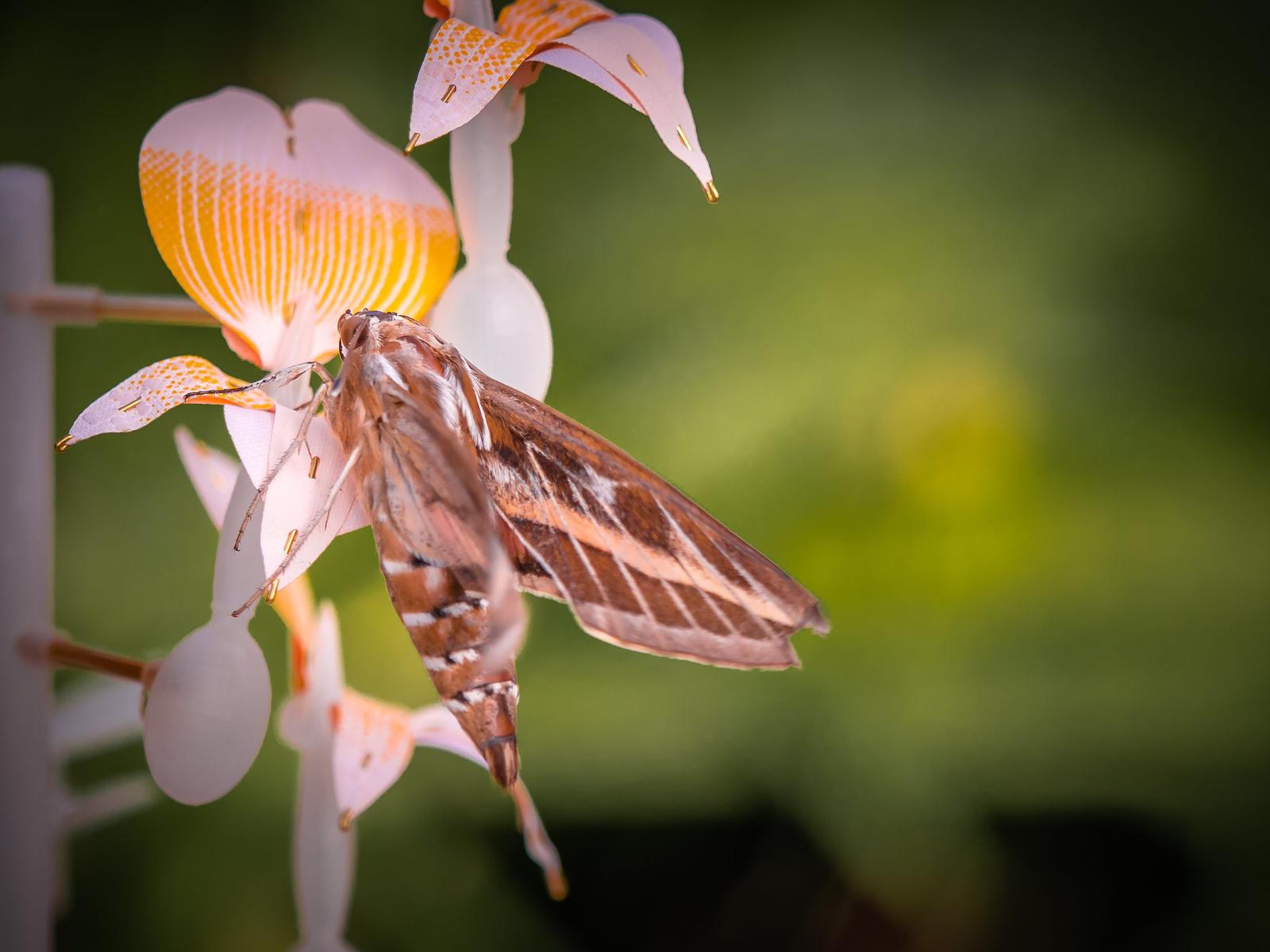
It's specifically different because you can't ask an animal for its opinion and there hasn't been such specific research in for example material preferences. Especially insects are very different because we can't read their emotions. Designing for another mammal, for let say a cat, is much easier because we can see its reaction to it. We can interpret his reaction and know if the design works or not. With insects, that's not the case. There hasn't been done that much research on insect behaviour and thus is difficult to know what tiny details can make a difference in the design. This all needs to be researched over time, which makes the design process a trial and error kind of process that zooms in on the tiniest details of the design.
Your work focuses on creating projects that contribute towards a liveable earth. Do you imagine this type of design functioning outside of the city?
Yes, food for buzz mainly focuses on city-like areas but can also be used outside of that. Especially because outside of the city's habitat are quickly changing. Before, our dutch grasslands were a place of great biodiversity. Lots of flowers and herbs thrived here, which also supported a big diversity in insects and birds. Nowadays our grasslands are mostly just that: grass. They don't support biodiversity as they did before, with a big loss of species as a result. These are also places where we can work together to restore nature.
Your work analyses the relationship between flowers and insects and how they evolve together. How do you see the future of flowers and insects evolution alongside technology?
This is a very hard question. I don't think anyone understands the exact ways of evolution because it's such an intricate system. However, insects and flowers have proven themselves to evolve very quickly to changing environments. We all know the example of the peppered moth (Biston betularia) quickly adjusting their camouflage in response to pollutants. We can only hope that other species can find a similar way to adapt to their changing environments. We have a big role in that by providing them time to adapt by not only adjusting those environments to our needs, but also keeping our co-inhabitants in mind.
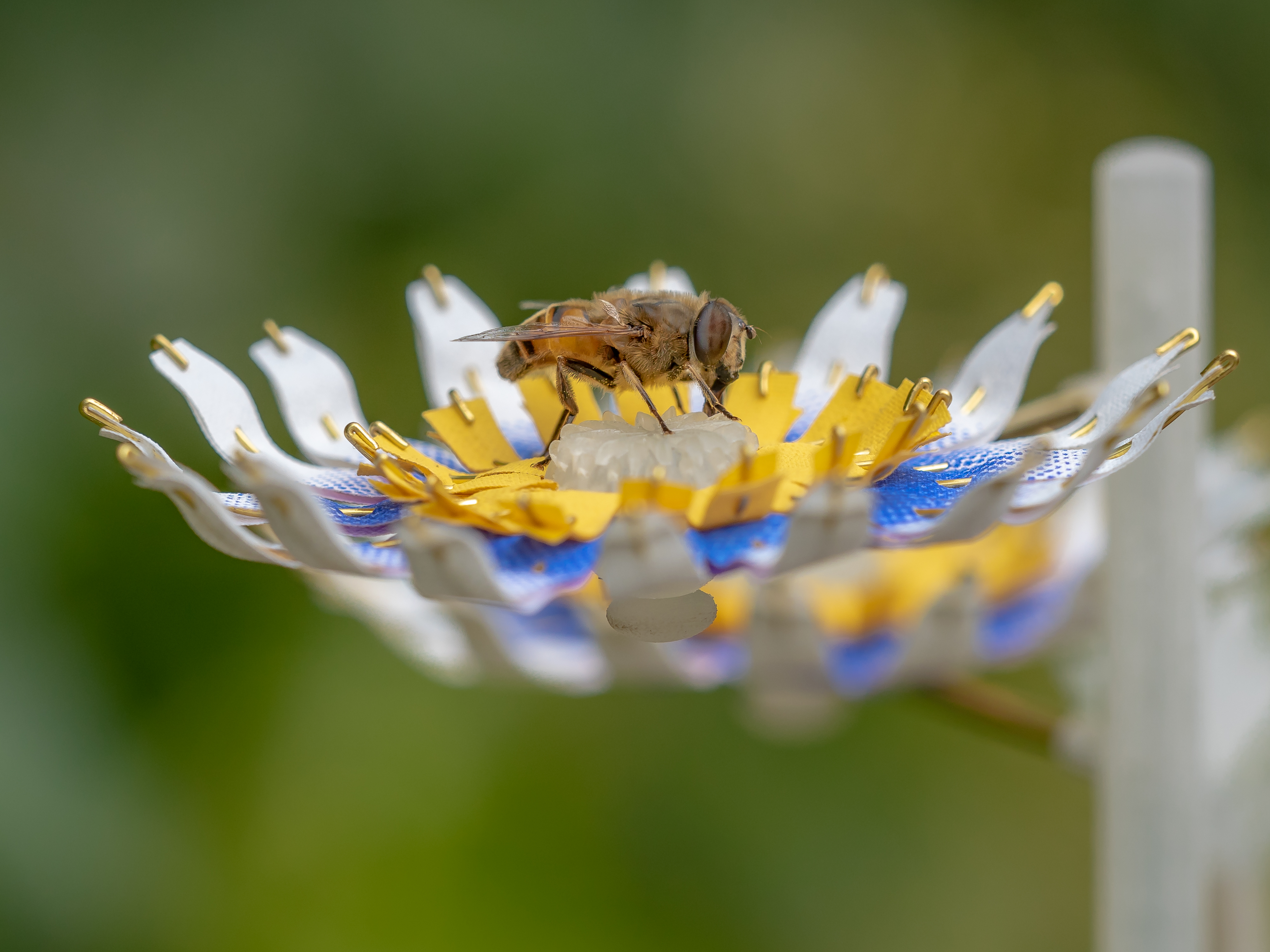
How do you hope to see the project develop?
I hope to be able to develop the flowers so that they quickly can be used on a large scale. That can be done by both consumers as well as municipalities. This however is a time consuming process because I need to take a lot of details into account such as cleaning, weather conditions, toxins etc. This is a trial and error process, but because there are very important insect lives on the scale, we can't just blindly put artificial flowers everywhere and hope for the best. This means there's a lot of research going into the most tiny details and that of course takes time, persistence, knowledge, collaboration and money.
What does it mean to win the award for your design research in this year's DDW?
To be acknowledged this way brings me a lot of energy to keep my research going. I hope it will also bring more awareness and new opportunities to actually keep it going.
When can we expect to have to have these flowers on our balconies, terraces and rooftops?
Last year my answer to this question would've been next year. However, the corona virus has changed the world drastically and that also goes for me and my practice. There's now a big focus on this virus and how to design our world adjusted to this "new normal" instead of focusing on a small (to most not very relatable) animal. At this moment I'm trying to find ways to keep on going with the research with fewer resources and that's quite a challenge.
The hopeful answer to this question still would be next year, but a more realistic answer would be in (still hopefully) in 2022. I also hope winning the design research award will contribute to that by bringing new opportunities, collaborations and investors into the project.
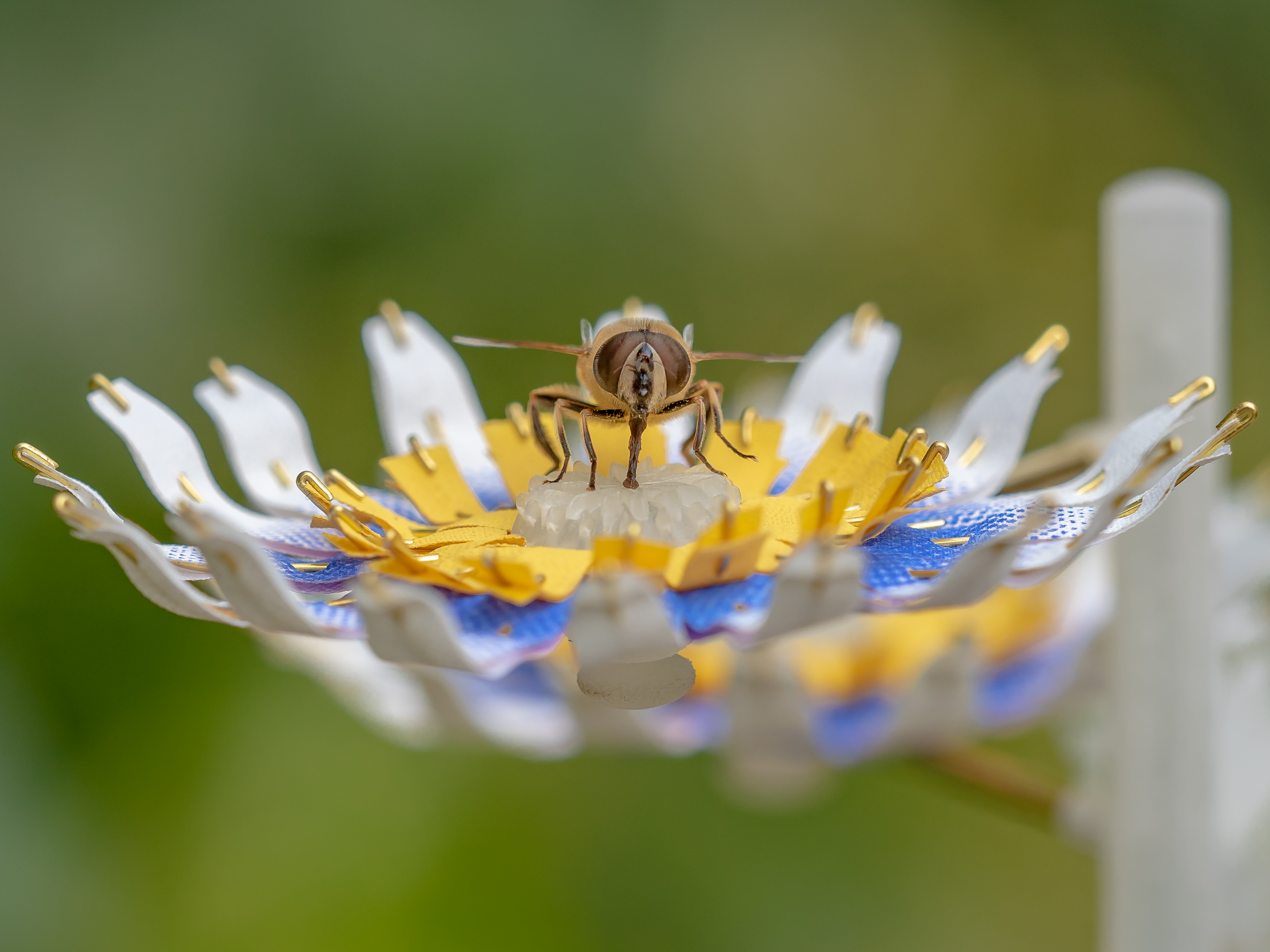
Share your thoughts and join the technology debate!
Be the first to comment